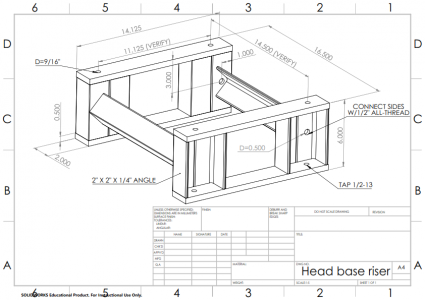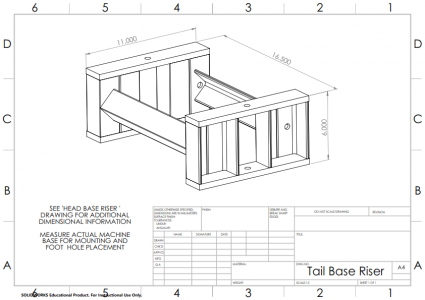Nice report on setting up your lathe. Just wanted to add that I don't know of any seller that adjusts and certifies the headstock alignment before shipping. Might be one out there but I think they assume you will do the basic adjustments yourself - align the headstock, level the lathe and align the tailstock.
The next time you check your headstock alignment, I suggest you use a shorter rod; about 4-6" stick out of 1 to 1.5" stock is fine. If stick out is too long then you're dealing with material deflection, especially when using inserts. It might not be a bad idea to grind or have ground for you a good HSS tool bit just for doing test cuts (headstock alignment, 2-collar tests); it will give you the most accurate test cuts with minimal deflection. When a hobby guy is shooting in the tenths on these kinds of tests a good cutting tool makes a difference.
I assume you leveled the lathe with a 2-collar test before aligning the headstock. You might want to do a 2-collar test again to confirm the lathe is level because the order in which alignment procedures are done makes a difference, at least in my experience. I have found that it works best for me if I align the headstock first, then level the lathe, then align the tailstock last. All this is done with test cuts on the lathe, not with manufactured bars done by others.
Again, you did a great job setting up your new lathe. Having guys like Mark Jacobs and David Best in your corner is a major advantage!
Welcome to HM!



